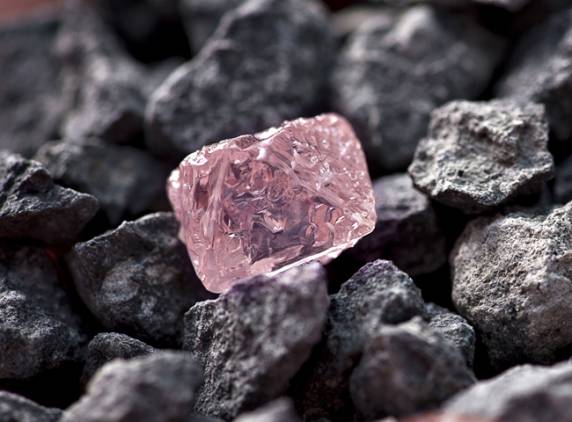In the world of diamonds, two terms often arise: 천연다이아 랩다이아. Both are stunning in their own right, but what sets them apart? Let’s delve into the depths of these exquisite gems to uncover their unique characteristics and the differences that make them shine.
Introduction
Diamonds have captivated humanity for centuries with their unparalleled beauty and allure. Traditionally, natural diamonds have been the epitome of luxury and elegance. However, recent advancements in technology have led to the emergence of lab-grown diamonds, offering consumers an alternative that is equally dazzling. In this article, we embark on a journey to discern the nuances between natural and lab diamonds, exploring their creation, characteristics, and environmental impact.
Understanding Natural Diamonds
Natural diamonds are formed deep within the Earth’s mantle under immense pressure and heat over millions of years. These geological processes result in the creation of diamonds that are unique in their composition and structure. Each natural diamond is a masterpiece of nature, boasting individual characteristics such as color, clarity, and carat weight, which contribute to its value and rarity.
Exploring Lab Diamonds
On the other hand, lab diamonds, also known as synthetic or cultured diamonds, are grown in controlled laboratory environments using advanced technological processes that mimic the natural conditions in which diamonds are formed. While the creation of lab diamonds bypasses the lengthy geological processes of natural diamond formation, the outcome is equally remarkable. Lab diamonds exhibit the same physical, chemical, and optical properties as natural diamonds, indistinguishable to the naked eye.
Distinguishing Factors
Despite their similar appearance, several factors differentiate natural diamonds from lab diamonds. Firstly, natural diamonds carry a historical and sentimental value, often associated with significant milestones such as engagements and weddings. The rarity and mystique surrounding natural diamonds contribute to their enduring appeal.
Conversely, lab diamonds offer a more sustainable and ethical alternative. Their production requires significantly less environmental impact and eliminates the ethical concerns associated with diamond mining, such as labor exploitation and environmental degradation. Additionally, lab diamonds are typically more affordable than their natural counterparts, providing consumers with access to luxurious gems without compromising on quality.
Environmental Considerations
The environmental impact of diamond mining cannot be overstated. Traditional diamond mining practices involve extensive land excavation, energy consumption, and carbon emissions, leading to habitat destruction and ecosystem disruption. In contrast, man made diamonds production consumes less energy and water, emits fewer greenhouse gases, and generates minimal waste, making it a more environmentally conscious choice.
Conclusion
In conclusion, the debate between natural diamonds and lab diamonds extends beyond mere aesthetics. While natural diamonds hold a timeless allure steeped in tradition and history, lab diamonds offer a modern, sustainable alternative without compromising on beauty or quality. Whether you choose a natural diamond or a lab-grown counterpart, both gems symbolize love, commitment, and elegance. Ultimately, the decision lies in personal preference, values, and environmental consciousness.

